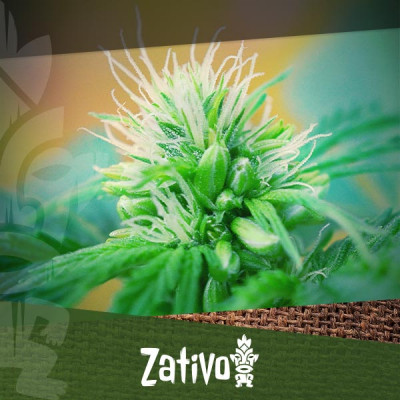Don't have an account?
Register NowYou have to add to cart at least 5 bottles or any program to make checkout.
- BlogWhat Is A Hermaphrodite Cannabis Plant?
What Is A Hermaphrodite Cannabis Plant?
Published: May 30th, 2023
Categories:
Cannabis Cultivation
The cannabis plant is dioecious, which means it produces distinct male and female specimens. In order to breed and produce new seeds, male plants need to pollinate females. But in order to grow dense, THC-rich buds, growers cultivate unpollinated female plants, often using feminized seeds.
Occasionally, female plants can develop male sex organs and pollinate themselves. This unusual and clever adaptation is a survival instinct that keeps the species alive even in the most trying conditions.
In this article, we examine what hermaphrodite cannabis is, how to spot it, and what to do with it.
What Is a Hermaphrodite Cannabis Plant?
Hermaphrodite cannabis plants—or, hermies—are female plants that develop male sex organs in order to pollinate themselves. This is down to a combination of genetic and environmental factors. For instance, some cannabis strains are more susceptible to becoming hermaphrodites, but the occurrence is often triggered by environmental stress.
There are two forms of hermaphrodite cannabis plants: true hermaphrodites, and plants with bisexual flowers.
True Hermaphrodite Cannabis
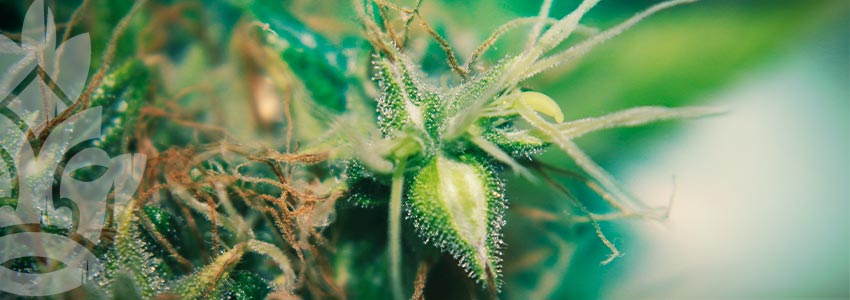
True hermies are cannabis plants with a strong genetic predisposition for this trait—such as Thai sativas. These plants are capable of growing fully developed male and female sex organs, which will both appear at the plant’s nodes when it enters the flowering stage.
Only certain strains are capable of becoming true hermaphrodites. Growers have to be very careful when cultivating these strains for their flowers, as the chances of them becoming hermies and pollinating themselves is fairly high.
Bisexual Flowers
Bisexual flowers are when female flowers grow male stamen in response to environmental stress. This stress can be too much or too little water, damage to the body of the plant, poor feeding, or something else.
The reason that plants produce bisexual flowers in times of stress is because the likelihood of being pollinated by healthy male plants in their vicinity is lower, and so they produce male sex organs to guarantee pollination and reproduction.
What Causes Hermaphroditism in Cannabis?
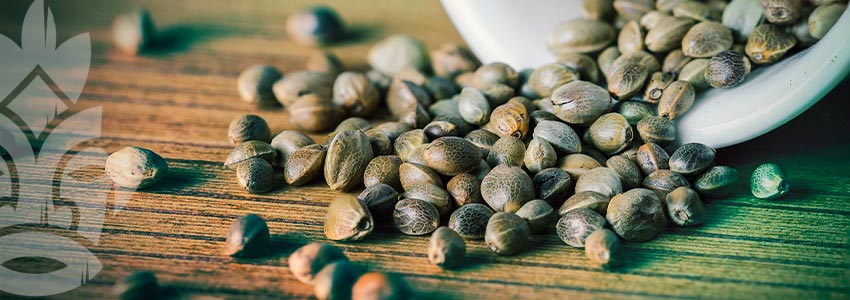
As mentioned, there are two natural causes for hermaphroditism in cannabis plants—genetics and stress. But seeds can also be deliberately manipulated in order to ensure female plants, and if this process is conducted poorly, it can cause the occurrence of hermaphrodites instead.
In what follows, we examine these factors in greater detail.
Genetics
Again, some cannabis strains are genetically predisposed to turn into hermaphrodites. This can occur in landrace strains that have evolved naturally, or in cultivars where hermaphroditism is inadvertently introduced through the stressful process of breeding.
Seed Manipulation
There are various processes—such as rodelisation—that can be used to greatly increase the chances of cannabis seeds growing into female plants. This is done because, unless growers want to breed their own plants, female cannabis plants produce THC-rich buds, and are thus more useful for most people’s purposes.
If these techniques are executed poorly, however, then it can increase the chances of plants growing into hermies, rather than females.
External Stressors
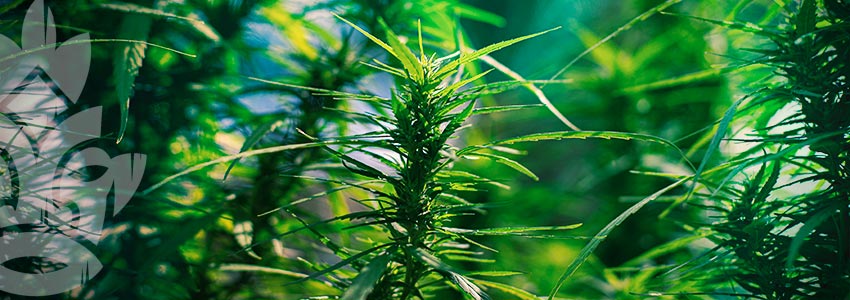
Ultimately, environmental stress is the main reason cannabis plants become hermies. Even among plants that are genetically predisposed to hermaphroditism, in most cases, the environment triggers this characteristic.
Almost any acute or long-term environmental stress can cause hermaphroditism, including the following.
Temperature and Humidity
Keeping temperature and humidity stable is important for growing healthy cannabis plants. If either metric is too high or too low, then growth can stall and plants can become stunted. But that’s not all; too much variation in these variables can also trigger hermaphroditism.
In natural terms, serious fluctuations or deviations in these factors implies an unseasonal climate, which means that fewer cannabis plants would survive to maturity, and therefore there would be fewer breeding options. In order to compensate for this reduction in plants, female plants develop male sexual organs to pollinate themselves and ultimately keep the species alive.
Lighting

Give a plant too much or too little light, and the chances of it becoming a hermie increase. In nature, a plant can’t get too much light, so in this case, it really is just responding to general stress, rather than exhibiting a specific reaction to a stimulus.
Another lighting error that can cause plants to turn into hermaphrodites is a lack of darkness. As much as plants need lots of light, (photoperiod) plants also need consistent dark periods. It is through this cycle of light and dark that they keep track of time and enter different growth stages.
If a plant doesn’t get ample darkness, then it can fluctuate between the flowering and vegetative stages, which can be very stressful and potentially cause hermaphroditism.
Nutrients
Likewise, too many or too few nutrients can stress cannabis plants and cause them to turn into hermies.
pH
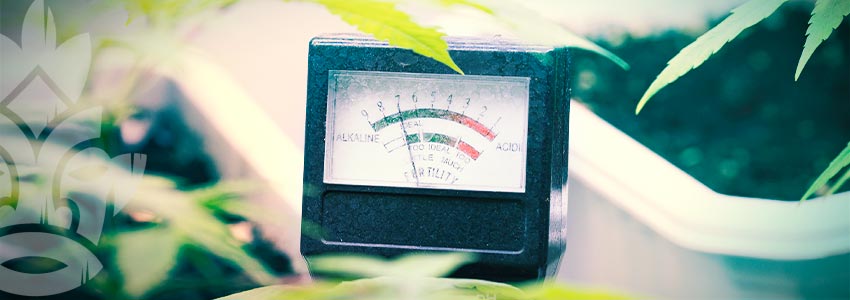
A growing medium that deviates outside of the desired pH range for cannabis is very likely to stress out your plants. This makes it harder for the roots to absorb nutrients, which in turn makes it much harder for them to survive.
Poor-Quality Soil
In a similar vein, poor soil makes the chances of hermaphroditism higher. This could be soil that drains too easily, or soil that holds water too much. Otherwise, it might just be poor-quality soil with a low nutrient content. Any of these factors will tell the plant that it’s growing in a less-than-perfect environment, increasing the likelihood of hermaphroditism.
Inappropriate Training Techniques
Many growers train their cannabis plants in order to increase yields. Employed correctly, these techniques can be very beneficial. Employed poorly, and they can stress plants out too much and cause them to produce bisexual flowers.
If you are growing strains with a strong predisposition to become hermies, then stick to low-stress training techniques to minimise the risk.
Long Flowering Time
In nature, cannabis plants grow flowers to reproduce, not so that people can get high. Therefore, the longer flowers go without being pollinated, the greater the chance of them producing stamen and becoming bisexual.
After a point, they will conclude that they're probably not going to get pollinated, and so they’ll take matters into their own hands. The longer you leave plants in the flowering stage, the greater the chance of them developing hermaphroditic flowers.
How Do You Know if Your Cannabis Plant Is a Hermaphrodite?
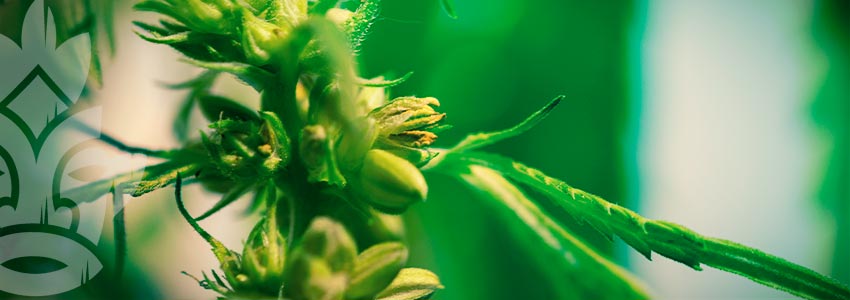
It’s important to keep an eye out for signs of hermaphroditism in your plants. If not, then a single hermie could pollinate your whole crop of female plants, dramatically reducing your yield.
How to Spot True Hermies
True hermies will develop both female flowers and pollen sacs as soon as they start flowering. As such, they are pretty easy to detect and deal with before they pose a problem. Moreover, male sex organs tend to develop earlier than female ones.
Pollen sacs look like small balls at the plant’s nodes—where the branch meets the stem. Female flowers, on the other hand, begin life as transparent pistils, also at the nodes.
If you’re expecting an all-female crop, then it becomes fairly easy to spot and pick out your hermies as soon as they begin flowering.
How to Spot Bisexual Flowers
Bisexual flowers are much harder to spot, and pose a greater risk to your crop as a result.
With these hermies, there are no pollen sacs or individual male sex organs. Rather, small, banana-shaped stamen will begin to grow from the calyxes of mature flowers. Unless you really look closely, they can be very easy to miss, and you might wonder why your plants begin to develop seeds!
Another issue with spotting bisexual flowers is that, unlike with true hermaphrodites, there’s no particular time that they will appear. They could start growing stamen as soon as the flowers develop, or it could happen right at the end of the flowering period, just before harvest.
For this reason, you should actively check your flowers throughout the bloom phase, especially if you are growing plants with a high chance of developing them.
What Should You Do if You Find a Hermaphrodite Plant?
Unless you want them for breeding purposes, hermies should be removed as soon as they are spotted, otherwise they can spoil a whole crop.
You have a few choices:
• For many casual growers, the best bet might just be to kill them and use the trim to make cannabutter or tea. This totally removes the risk that they will release pollen and pollinate all of your other plants.
• If you feel confident and have the space, you can continue to grow them and harvest the female flowers.
• With true hermies, it’s also possible to remove all of the pollen sacs before they open. If you're careful and diligent, then this can work well and save the plant. If you do it half-heartedly, you’ll end up with pollinated plants.
• If fairly mature flowers develop stamen, you can just harvest them earlier and still get your weed.
Can You Smoke Hermaphrodite Weed?
There is absolutely nothing wrong with smoking hermaphrodite weed. If you can harvest it and use it, then you definitely should avoid wasting it!
Hermies: Not Always Bad
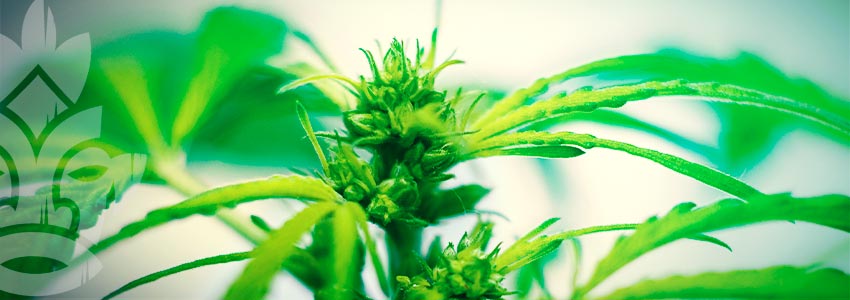
Most growers don’t want hermies in their crop. However, some breeders will deliberately stress their plants so that they become hermies. Self-pollination is a fantastic way to lock in desirable traits. After all, you’re mixing identical genes. That being said, inbreeding over many generations can cause problems.
But for most, it’s best to avoid hermies in the first place. High-quality genetics usually don’t turn into hermies except under extreme conditions, so the chances of encountering them are fairly low. Nevertheless, it’s beneficial to learn how to spot them, and how to deal with them should the need arise.

